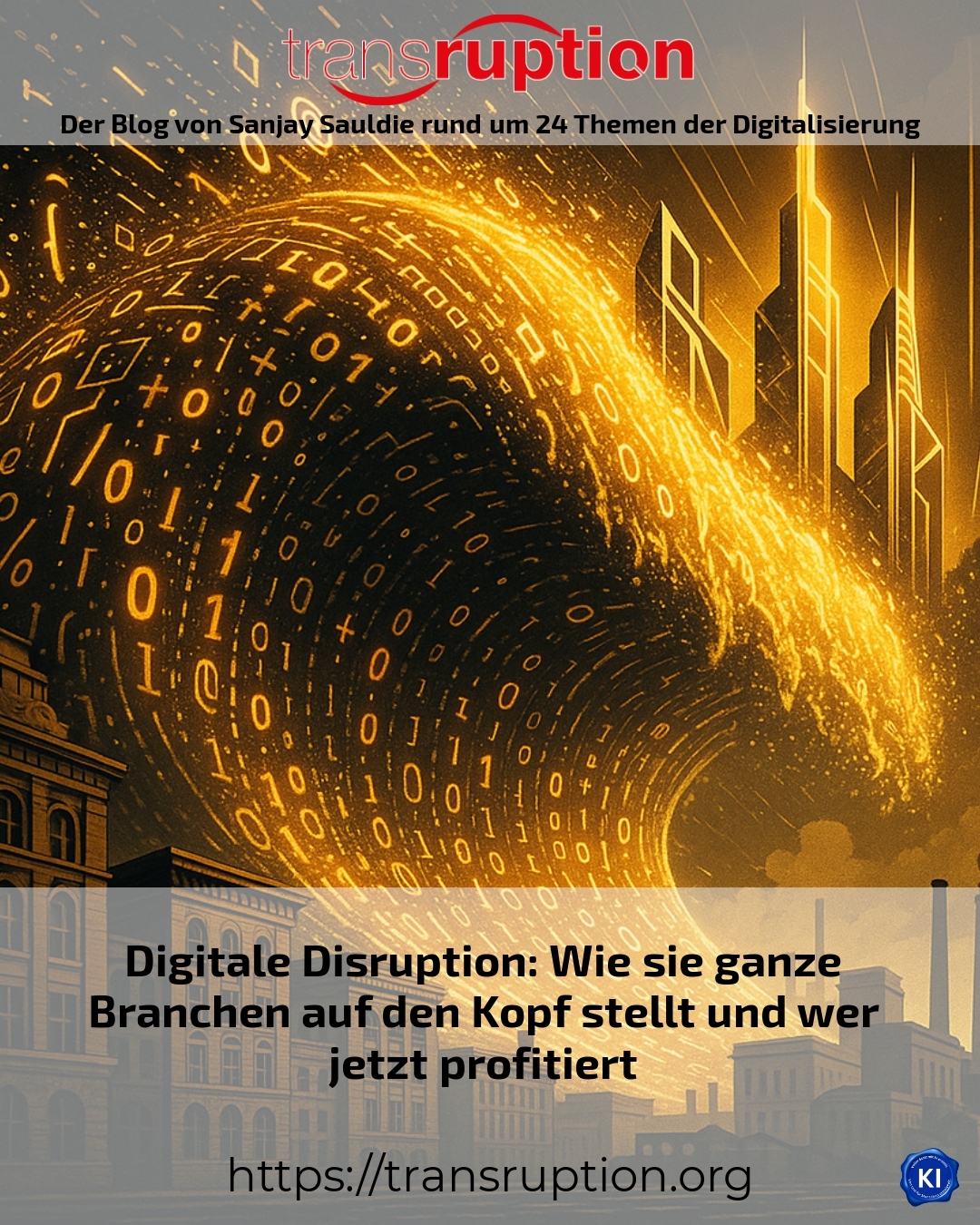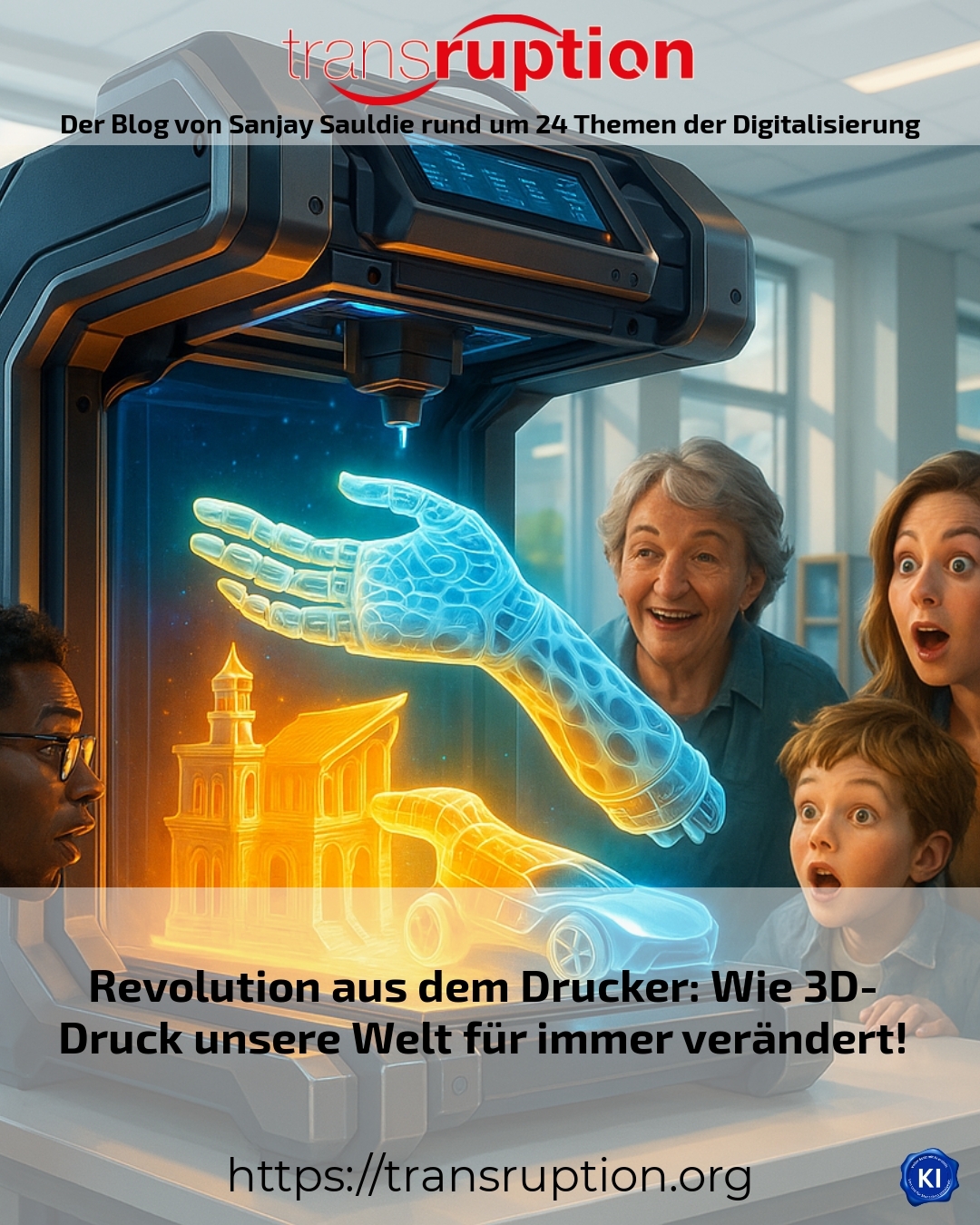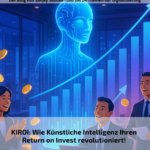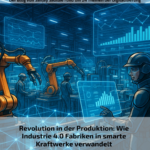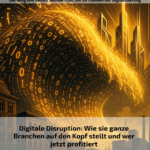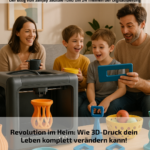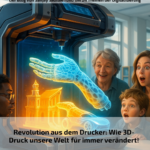Diverse applications and far-reaching changes through additive manufacturing
In just a few decades, additive manufacturing has developed from a niche process into a ground-breaking production technology that is having a lasting impact on numerous branches of industry. Originally intended for the rapid production of prototypes, this technology now enables the production of complex components directly from digital data, opening up a completely new dimension in manufacturing.
For example, the aviation industry is finding enormous advantages in the production of lightweight but stable components that help to reduce both material consumption and fuel costs. Medical technology is also revolutionising individual patient care with customised implants and prostheses that can be produced faster than conventional manufacturing methods. In the automotive industry, the agile production of spare parts and customised components in this way is creating new market opportunities for small-series companies in particular.
KIROI BEST PRACTICE at company XYZ (name changed due to NDA contract)
In the field of medical manufacturing, additive manufacturing has accelerated the production of patient-specific implants by 40 %, which has enabled significant improvements in surgical planning and recovery time for patients. The ability to precisely adapt bone implants to individual body structures not only has clinical benefits, but also optimises the use of materials to minimise the use of resources and waste.
Adapting to sustainable production targets is also a significant step forward. By reducing storage and transport requirements and reducing excess stock, the technology helps to reduce CO₂ emissions. This gives sustainability new impetus in global manufacturing and ensures more localised value chains.
KIROI BEST PRACTICE at ABC (name changed due to NDA contract)
In the consumer goods industry, the supply chain has been optimised through the targeted use of smart 3D printing systems. Products are manufactured directly on site at the customer's request, which prevents expensive transport and overproduction. In addition to economic benefits, this has led to positive environmental aspects and increased customer satisfaction thanks to individualised offers.
Providing new jobs is another aspect of the transformation. Highly qualified professionals are increasingly needed, for example as specialists in the development of printing materials, operators of high-end systems or developers of software for the construction of complex models. At the same time, existing job profiles will have to adapt to this technology, which will require extensive training measures.
KIROI BEST PRACTICE at DEF (name changed due to NDA contract)
Following the introduction of a 3D printing-centred production branch, a global manufacturing company in the mechanical engineering sector found that its specialist staff were continuously trained. The integration of CAD/CAM software and 3D printing processes also resulted in completely new fields of activity and internal promotion opportunities, which strengthened the workforce and prepared them for future technologies.
Overall, additive manufacturing not only increases manufacturing efficiency, but also fundamentally changes the industrial and social fabric. In particular, the combination of digitalisation, environmental awareness and flexible manufacturing options promises lasting changes and represents a decisive source of innovation for numerous industries.
My analysis
This technology is far more than just a tool for prototypes or small batches - it is characterised by its ability to radically simplify and adapt production processes. The shift from mass production to flexible, individualised manufacturing is challenging many established structures. This combines economic advantages with ecological aspects, which is increasingly relevant in view of global challenges. Further breakthroughs in printing speed, material diversity and automation are expected in the coming years, meaning that this change will have an even greater impact on the entire value chain.
Further links from the text above:
[1] Sustainability meets 3D printing technology
[2] The development of 3D printing technology
[3] How 3D printing is changing our world
[4] The impact of 3D printing on industry and employment




